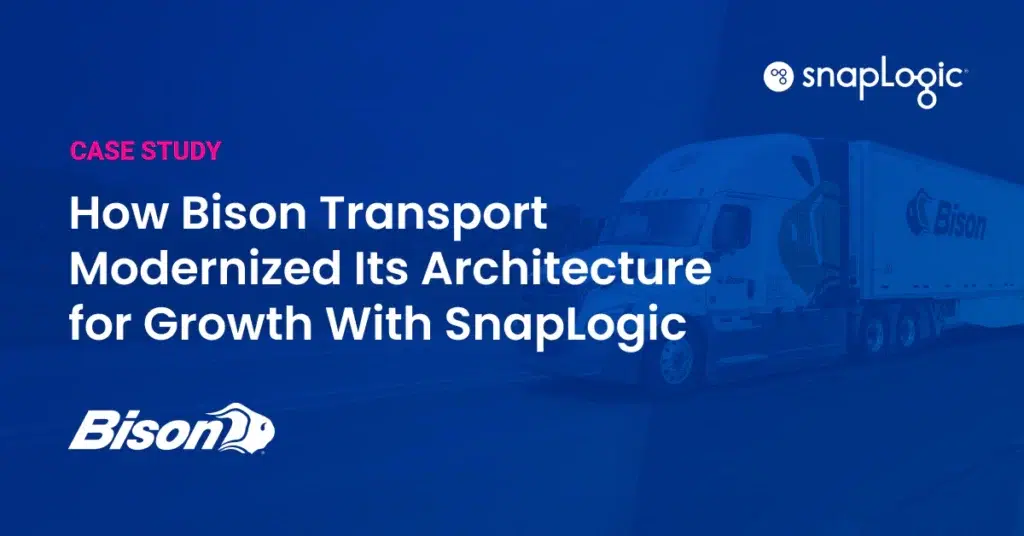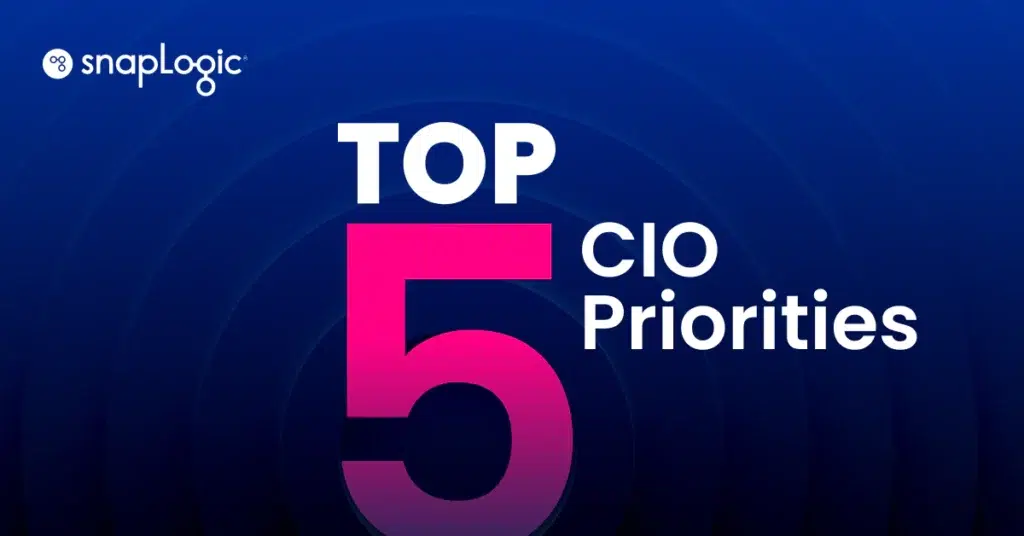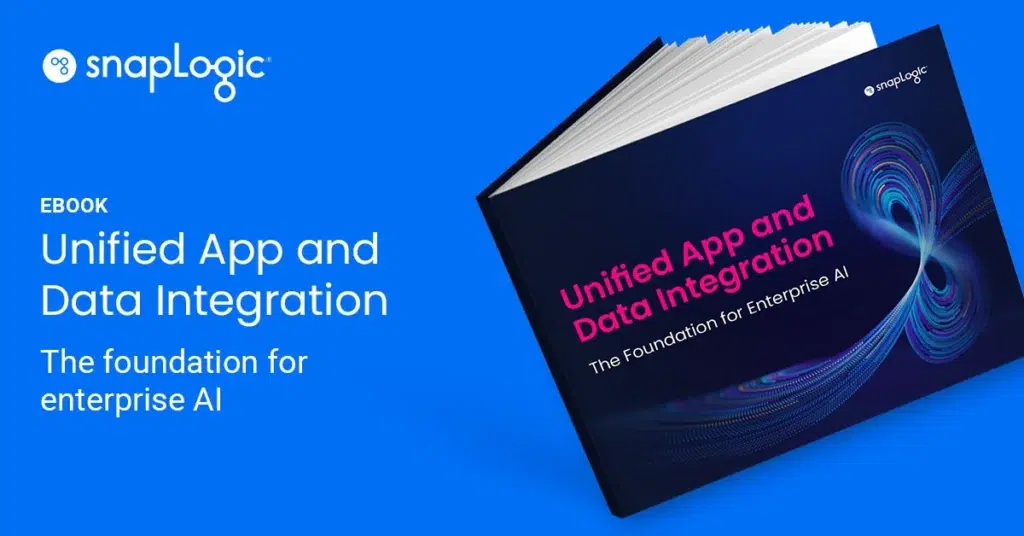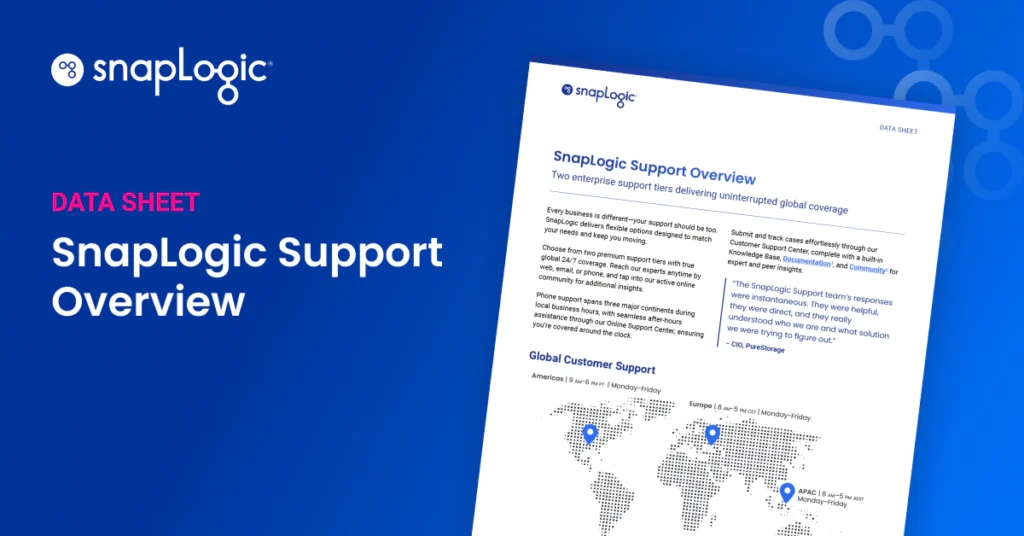What is data hydration?
Data hydration, or data lake hydration, is the import of data into an object. When an object is waiting for data to fill it, this object is waiting to be hydrated. The source of that hydration can be a data lake or other data source. There are a number of data hydration methods to properly select and fill objects with the appropriate data.
Successful data hydration goes beyond simple data extraction or storage. Data hydration is greatly enhanced by the efficient migration of data into the correct place and format. As data and applications move to the cloud, the storage and processing of big data will inevitably follow the same path.
Enterprises increasingly rely on the cloud for data movement and storage since they adopt a broad set of SaaS applications, such as Salesforce, Workday, and Zendesk. In addition, valuable data streamed from social media or IoT sensors provides real-time and valuable information about consumers, services, and the health of existing technology and equipment. Data from more modern off-premises and on-premises sources, like on-premises business data, need to be combined to become more useful and valuable.
SnapLogic data hydration
As part of cloud-based data transformation, big data processing and data lakes are moving to the cloud moving on-premises Hadoop and other data to a cloud provider and then moving processing to a HaaS environment like Amazon EMR or Cloudera Altus. Managed Hadoop services not only manage and maintain Hadoop environments but also use essential cloud storage systems to efficiently deliver data without having to transfer it to HDFS.
SnapLogic’s Snaplex architecture enables data hydration by connecting to endpoints in the cloud or on-premises using numerous connectors called Snaps. Snaps connect data processing frameworks and technologies. Through its visual programming interface, SnapLogic’s hybrid integration platform allows business users and traditional IT integrators to collaborate without coding.








